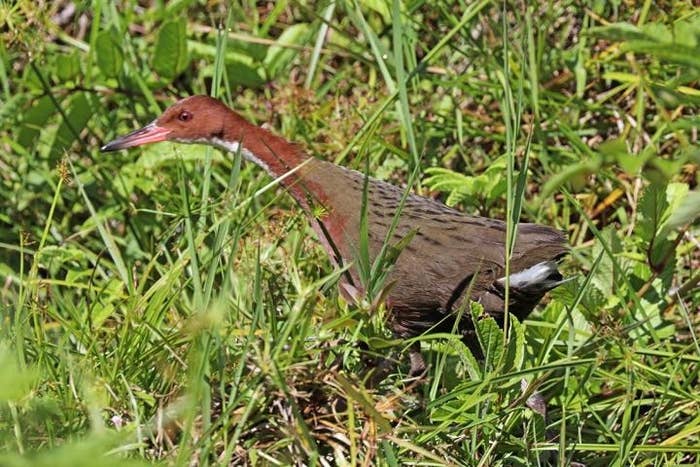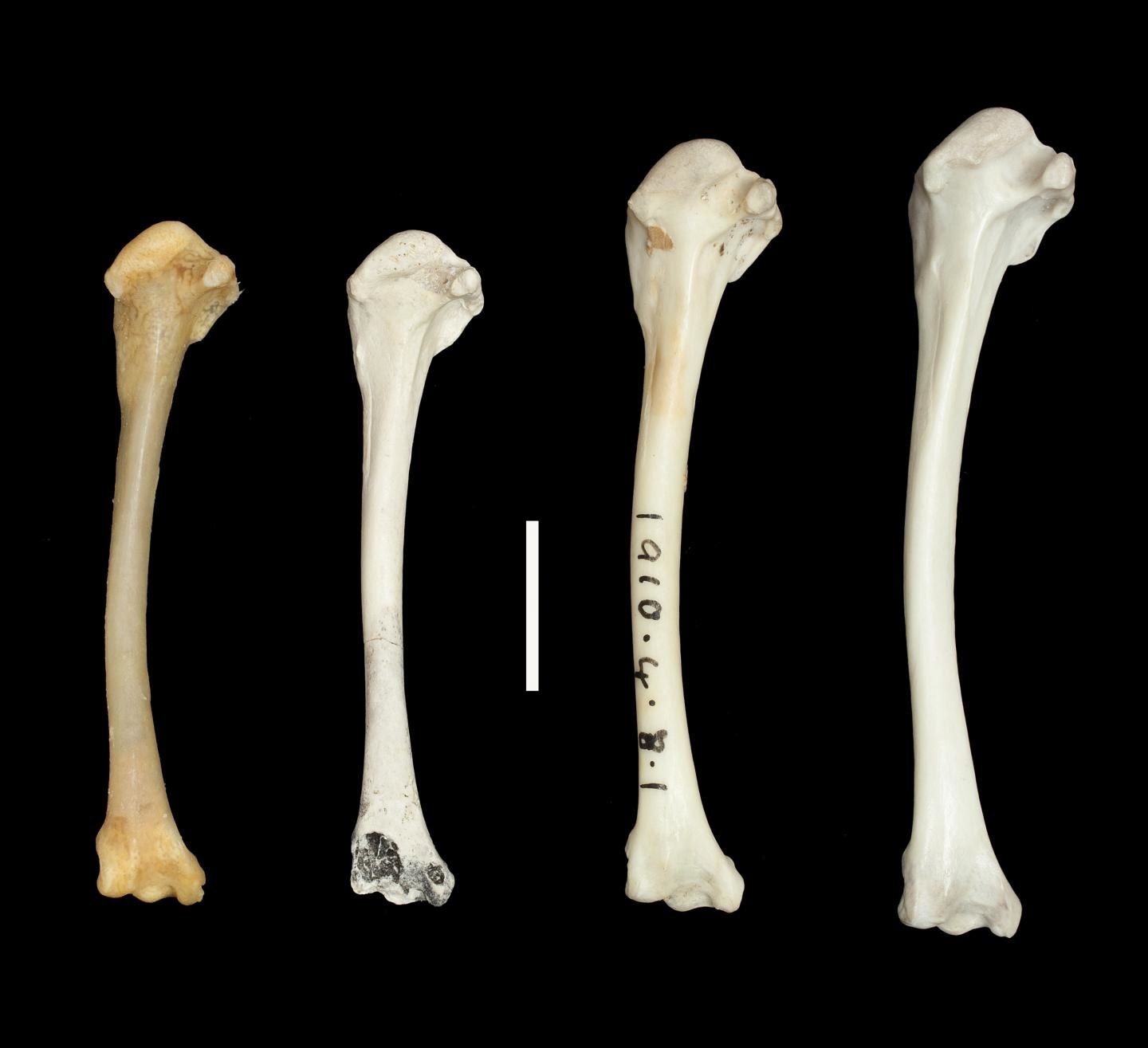
Extinction keeps coming for a chicken-sized bird on a small island in the Indian Ocean, but every time it has re-evolved back into existence, according to a new study.
The bird is a descendant of the species of flying bird known as the white-throated rail, and after going extinct three times over the course of tens of thousands of years, it's once again roaming the atoll Aldabra, according to new research published by the University of Portsmouth and Natural History Museum.
White-throated rails are island colonizers that migrated from Madagascar in all directions. Those that landed on Aldabra eventually evolved to become flightless due to the lack of any predators. However, that evolutionary step became a liability as changing sea levels have twice inundated and killed off everything on the island, starting some 136,000 years ago, researchers say.
But in the resulting fossil record, scientists found proof that after each die-off over time, white-throated rails would repopulate the island and re-evolve into the flightless Aldabra rails that are now thriving.
"These unique fossils provide irrefutable evidence that a member of the rail family colonized the atoll, most likely from Madagascar, and became flightless independently on each occasion," Julian Hume, the lead researcher from the Natural History Museum, said in a statement. "Fossil evidence presented here is unique for rails, and epitomizes the ability of these birds to successfully colonize isolated islands and evolve flightlessness on multiple occasions."

Researchers compared the bones of a fossilized rail from before the inundation event with bones from a rail afterward and found that the wing bone showed an advanced state of flightlessness and the ankle bones showed distinct properties that it was evolving toward flightlessness.
"Conditions were such on Aldabra, the most important being the absence of terrestrial predators and competing mammals, that a rail was able to evolve flightlessness independently on each occasion," David Martill, a University of Portsmouth professor and coauthor of the study, said in a statement.
The study was published Wednesday in the Zoological Journal of the Linnean Society.
The findings regarding the flightless Aldabra rail is an exceptional example of a very rare phenomenon known as "iterative evolution," or the repeat evolution of a species from the same ancestor at different times in history, Martill added.
"We know of no other example in rails, or of birds in general, that demonstrates this phenomenon so evidently," he said.
